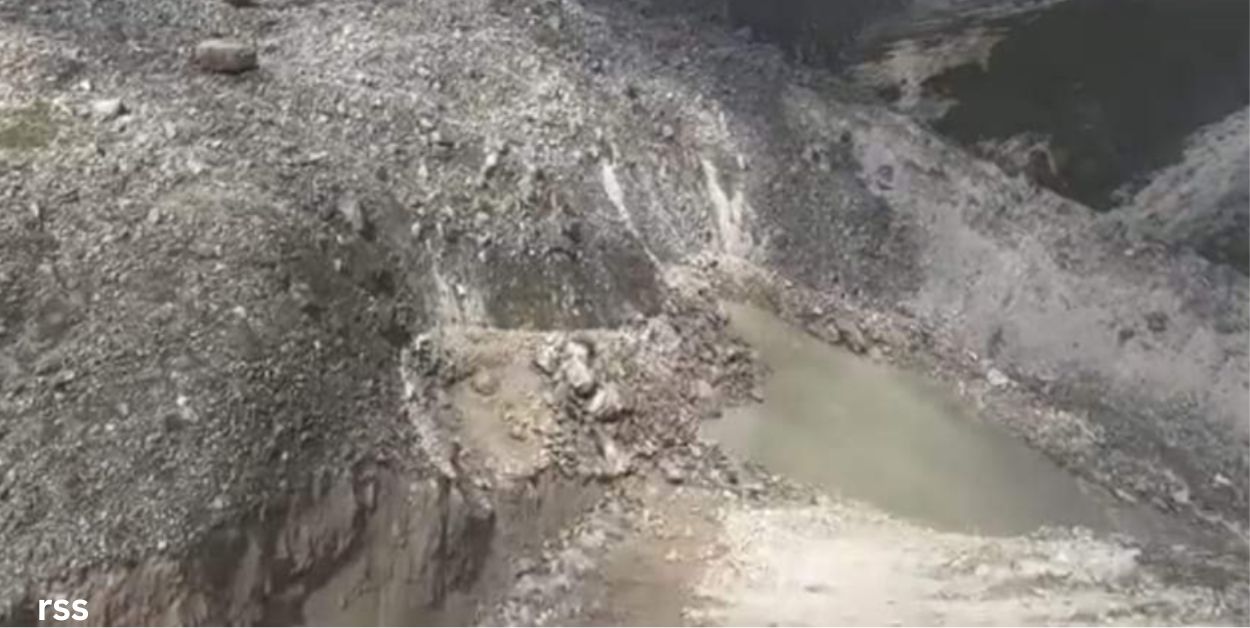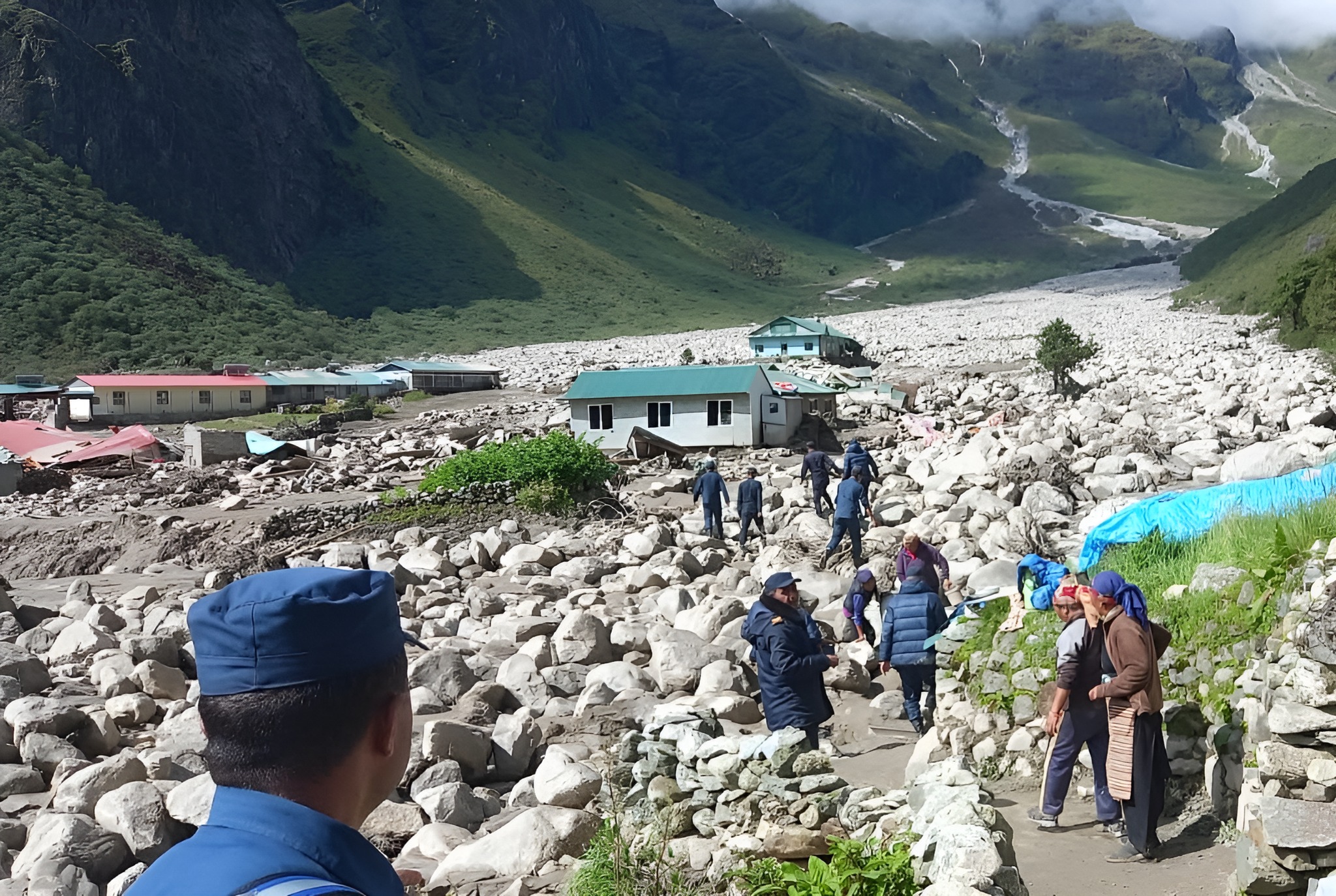Glacial Lake Outburst Floods Ravage Solukhumbu: Everest Region on High Alert

SOLUKHUMBU, Nepal : A catastrophic flood triggered by the outburst of two glacial lakes has struck the Thame area of Solukhumbu district, causing widespread devastation and putting the entire Everest region on high alert. Officials warn that two more lakes are at imminent risk of bursting, escalating fears of further destruction in the fragile Himalayan ecosystem.
Immediate Impact and Damage
The sudden deluge on Friday has left a trail of destruction in its wake:
- 20 houses completely destroyed
- Critical infrastructure severely damaged, including:
- Khumbu Electricity Company's powerhouse
- Water supply lines
- Roads and bridges
- Local school
Miraculously, no human casualties have been reported, thanks to the absence of residents in the affected houses at the time of the flood. Nepali security forces, including the army, successfully rescued seven individuals from the disaster zone.
Emergency Response and Relief Efforts
Authorities have sprung into action to address the crisis:
- Defense Minister Manvir Rai and Anil Pokhrel, CEO of the National Disaster Risk Reduction Management Authority, conducted an aerial inspection of the affected area on Saturday.
- The local administration has provided emergency relief to 13 affected families, including 15,000 rupees and three tarpaulins each.
- The local government has distributed an additional 50,000 rupees to 15 families.
- A temporary bridge has been constructed to facilitate relocation efforts.
Infrastructure Damage and Isolation
The flooding has dealt a severe blow to the region's connectivity:
- The direct road network linking lower Solu and Khumbu has been severed.
- The Miteri Bridge, a crucial connection point, has sustained significant damage.
- The popular trekking route from Phakding to Namche has been rendered impassable.
 disruptions have effectively isolated the upper Khumbu region, including the Everest Base Camp area, posing significant challenges for both locals and the tourism industry.
disruptions have effectively isolated the upper Khumbu region, including the Everest Base Camp area, posing significant challenges for both locals and the tourism industry.
Climate Change: The Underlying Threat
Experts point to climate change as a major factor in this disaster. The Department of Hydrology and Meteorology reports an alarming rise in local temperatures:
- Average daily temperatures increased from 9.7°C to 11°C in recent days.
- On the day of the flood, temperatures spiked to 15.9°C.
Climate expert Rajan Thapa warns, "Not just in Thame, as the temperature rises, other glacial lakes in the Everest region are also at risk. The rate of snow melting in the mountains has increased, putting Himalayan settlements at risk."
Ongoing Risks and Future Concerns
The situation remains precarious:
- Two more glacial lakes above Thame are at high risk of bursting.
- The entire lower Solu and Khumbu areas face an elevated flood threat.
- Accelerated snow melting poses a long-term risk to Himalayan settlements.
Chief District Officer Devi Pandey (Khatri) emphasizes, "The Thame area of Solukhumbu is still at risk of flooding. We are monitoring the situation closely and urging residents to remain vigilant."
As climate change continues to reshape the Himalayan landscape, this event serves as a stark reminder of the vulnerabilities faced by mountain communities and the urgent need for adaptive strategies to mitigate future disasters.
भदौ १, २०८१ शनिबार २०:०५:०४ मा प्रकाशित
उकेरामा प्रकाशित सामाग्रीबारे प्रतिक्रिया, सल्लाह, सुझाव र कुनै सामाग्री भए [email protected] मा पठाउनु होला।










